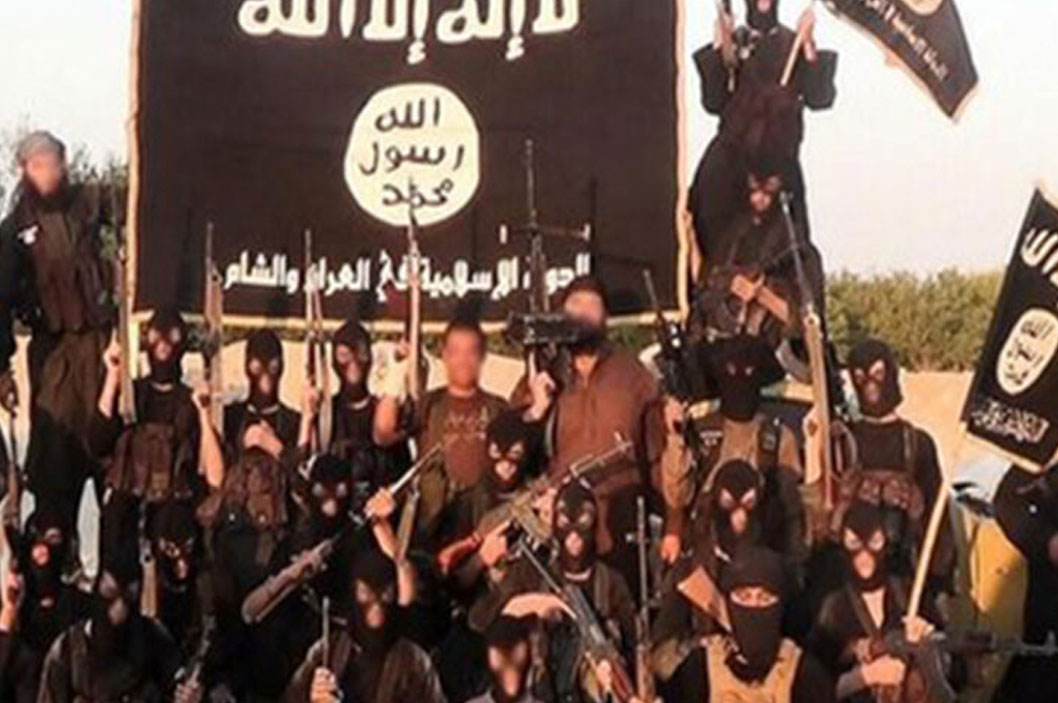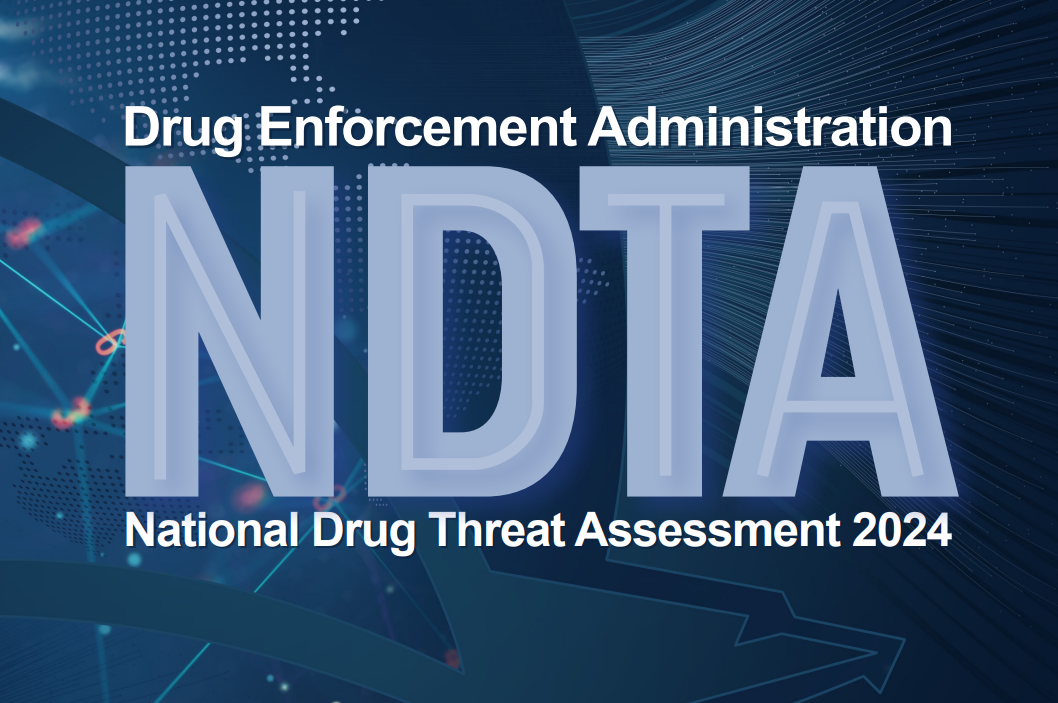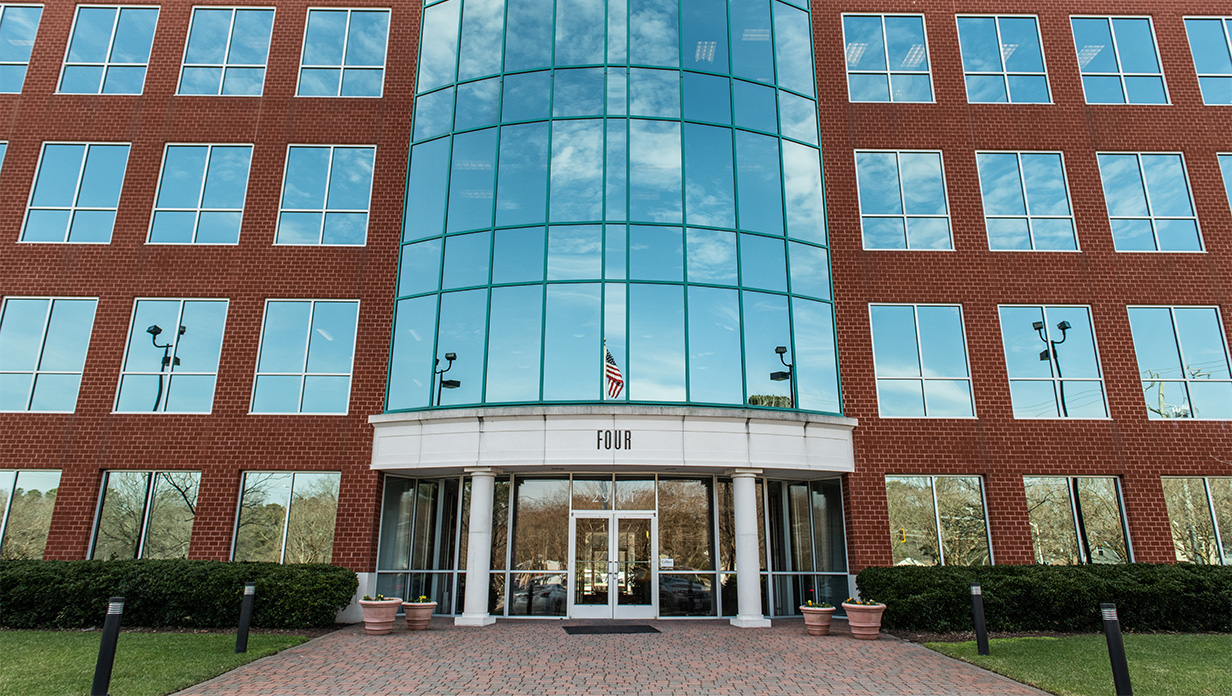BY BRETT BOLOG
Terrorist organizations, driven by political-ideological motivations, require economic resources to finance their operations and expand their influence. These groups often resort to criminal activities, which undermine political stability and push legitimate companies out of business as well as increase their sphere of control. An analysis of the crime-terror nexuses that exist in Latin America and the Middle East, which slightly differ based upon regional resources and financial support networks, allows us to compare these organizations and better understand how their criminal enterprises operate. Because these groups engage in similar criminal activities and the countries hosting them face various governance challenges, there exist similar policy approaches that can be used to address and ultimately decrease their criminal economic activity.
Two of the most prominent terrorist organizations in Latin America include the now-disbanded Revolutionary Armed Forces of Colombia (Fuerzas Armadas Revolucionarias de Colombia or FARC) and the National Liberation Army (Ejército de Liberación Nacional or ELN). Now a legitimate political party represented in the Colombian government following the 2016 peace agreement, FARC originally emerged out of sectarian strife, a small Marxist-Leninist rebel group formed with the intention to be the voice for Colombia’s marginalized rural population, which would be accomplished by overthrowing the government and establishing a communist regime. FARC, like some other right-wing paramilitary groups, financed their operations through passive and active involvement in activities including narcotrafficking, kidnapping for ransom, extortion and illegal gold mining, which they used to, among other things, provide social services to local communities and pay for combat operations. In FARC-controlled areas, they taxed marijuana and coca plant growers as well as cocaine laboratories.






